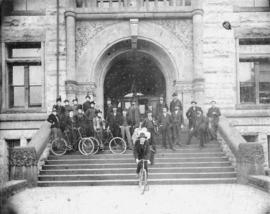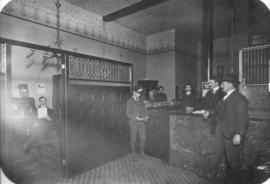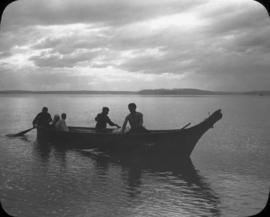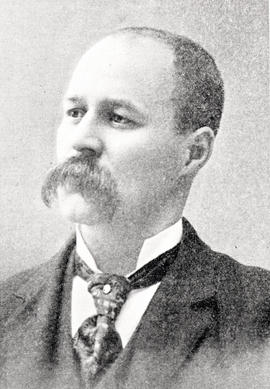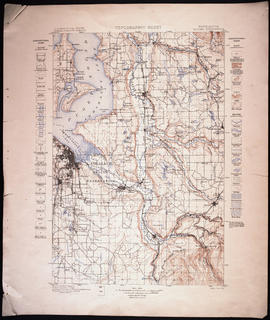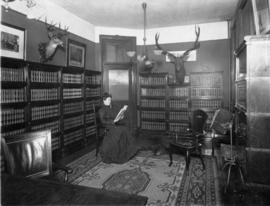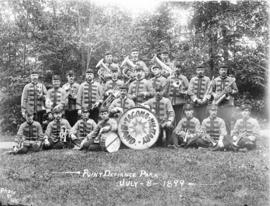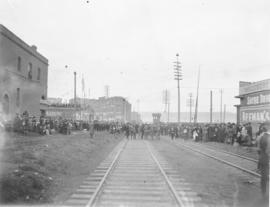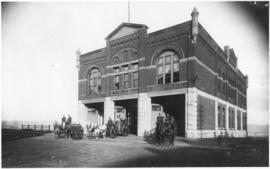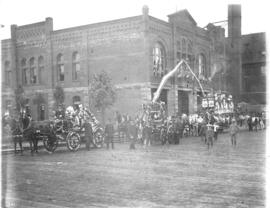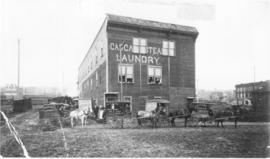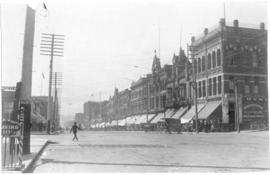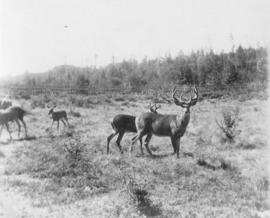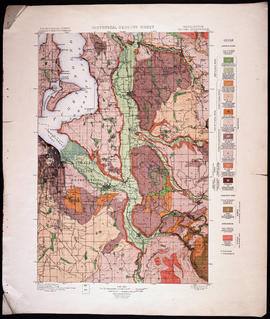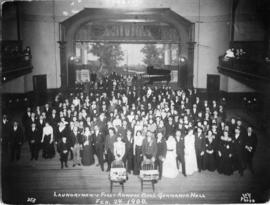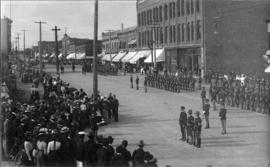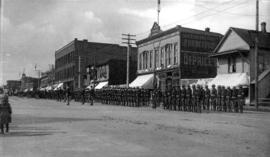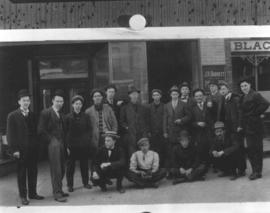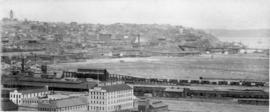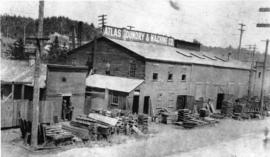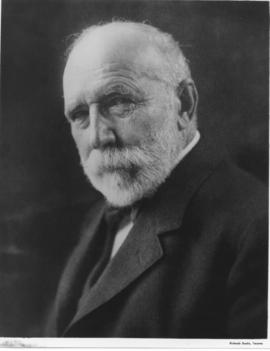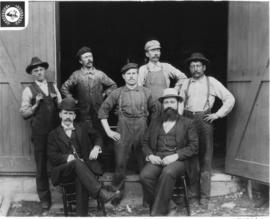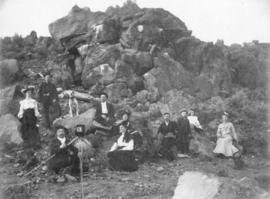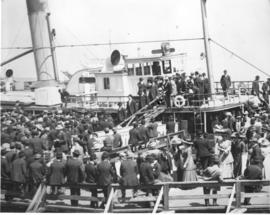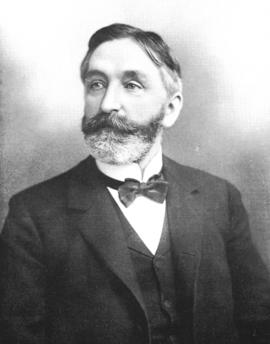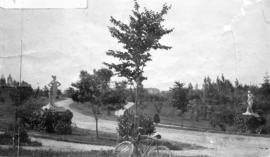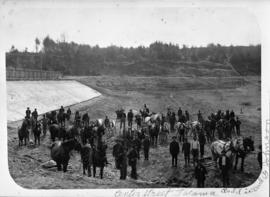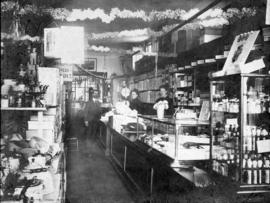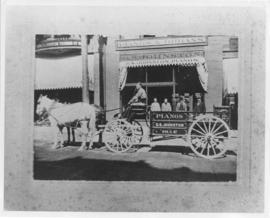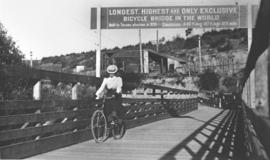- Item
- 1898-03-31
Part of General Photograph Collection
Employees and bicycle delivery boy on steps of the Pierce County Court House. The Pierce County Court House was built in 1892. The three story building was a copy of the Courthouse in Pittsburgh Pennsylvania. The plans contained everything Tacomans hoped for in this elaborate structure, including secret staircases and a hanging room, and suited their grandiose plans for their city. The grand structure was demolished in 1959 due to its poor condition and replaced by a parking lot for the modern County-City building. Here employees pose with bicycles on the steps of the structure. The man behind what is believed to be a bicycle delivery boy or courier is holding a baby. The women on the left are most probably clerical staff, although two of them are posing with bicycles.
Pierce County Courthouse (Tacoma); Historic buildings--Tacoma; Bicycles & tricycles--Tacoma--1890-1900; Clothing & dress--1890-1900;
